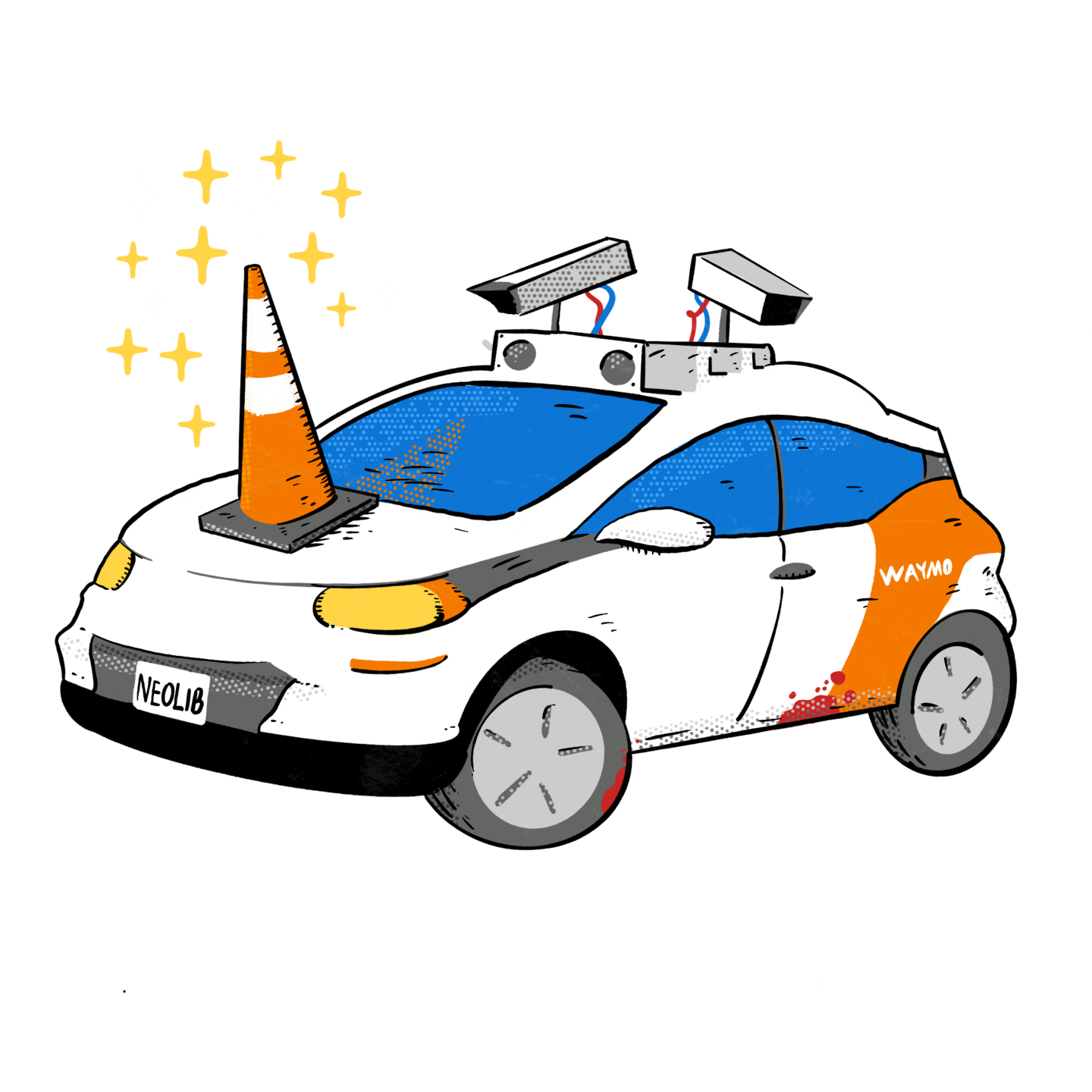
The Verge – Dude, where’s my self-driving car?
The many, many missed deadlines for a fully autonomous vehicular future.
Full original article by Andrew J. Hawkins from The Verge
Editors note: this article presents not only the history of the development of autonomous vehicles, but also why it has taken so long, why the predictions have been so far off (especially with Tesla), and why so much money has been thrown at the technology.
In 2015, the then-lead of Google’s self-driving car project Chris Urmson said one of his goals in developing a fully driverless vehicle was to make sure that his 11-year-old son would never need a driver’s license.
The subtext was that in five years, when Urmson’s son turned 16, self-driving cars would be so ubiquitous, and the technology would be so superior to human driving, that his teenage son would have no need nor desire to learn to drive himself.
Well, it’s 2024, and Urmson’s son is now 20 years old. Any bets on whether he got that driver’s license?
One of the hallmarks of the race to develop autonomous vehicles has been wildly optimistic predictions about when they’ll be ready for daily use. The landscape is positively littered with missed deadlines.
In 2015, Baidu senior VP Wang Jing said the tech company would be selling self-driving cars to Chinese customers by 2020. In 2016, then-Lyft president John Zimmer claimed that “a majority” of the trips taking place on its ride-sharing network would be in fully driverless cars “within five years.” That same year, Business Insider said that 10 million autonomous vehicles would be on the road by 2020.
GM said it would mass produce driverless cars without steering wheels or pedals by 2019. Ford, slightly more conservative, predicted it would do the same in 2021. And in a perfect encapsulation of mid-2010s autonomy hype, Intel in 2017 predicted a $7 trillion industry — more than double what the global auto industry does now — around autonomy by 2050.
Of course, no one has been more bullish than Tesla CEO Elon Musk, who has turned making wrong predictions about the readiness of autonomous vehicles into an art form.
Andrew J. Hawkins
Of course, no one has been more bullish than Tesla CEO Elon Musk, who has turned making wrong predictions about the readiness of autonomous vehicles into an art form. “By the middle of next year, we’ll have over a million Tesla cars on the road with full self-driving hardware,” Musk said in 2019. Tesla’s Full Self-Driving (FSD) feature would be so reliable the driver could “go to sleep.” Teslas with the company’s FSD software are not autonomous, and drivers would be well advised to not sleep in their cars.
